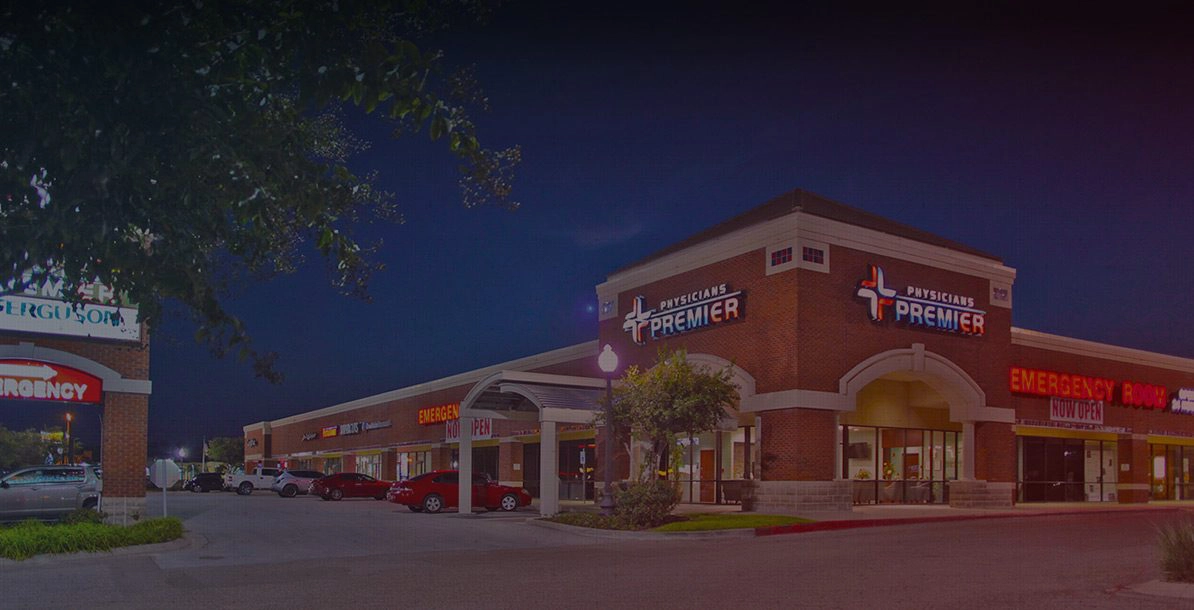Broken Bones: Urgent care or Emergency room?

In the United States, about 1.5 million Americans suffer broken bones every year caused by osteoporosis alone—that figure does not even include other equally possible causes like bone cancer, osteogenesis imperfecta, or the more traditional cause which is the result of high force impact or stress. In the world of sports, broken bones account for one in twenty injuries overall. As growing children move on into their teenage years, the incidences of broken bones drop because of their resilient skeletal structure at that age—but this is offset by their increased proclivity to enter into sports and more active lifestyles.
A broken bone—or a bone fracture in formal orthopedic terms, is a medical condition where there is damage in the continuity of a bone. These fractures are classified into several types; the most common ones are the closed, open or compound, spiral, impacted, transverse, and oblique fractures. Compound fractures—where the bones are exposed and involve wounds that communicate with the fracture—are the easiest to diagnose because their obvious appearance. Closed fractures on the other hand, while also extremely painful, may be misdiagnosed by the ordinary person either as a dislocated joint or another lesser injury. If a person has a visibly misshapen or out-of-place limb, experiences any bruising, swelling, or bleeding on the affected area, has limited or nonexistent mobility in that area, and feels any tingling or numbness, they may have a broken bone.
Normally, broken bones of the hand, wrist, ankle, or foot may be treated at the local urgent care center. On the other hand, the severity of the injury even though they are only located on the limbs might warrant a trip to the emergency room. Certainly, all bone breaks in the other areas of the body—rib, sternum, spine, skull, facial, pelvic, lumbar, and multiple body fractures should be treated immediately at the nearest ER. Because emergency rooms are better equipped to diagnose (through medical imaging technologies like x-rays and CT scans) and treat broken bones (with pain medication as well as setting and surgical procedures), going to an ER directly is the safer decision.


